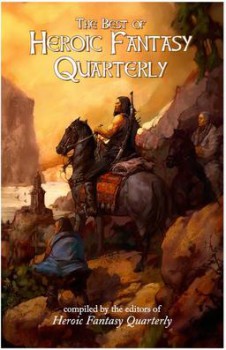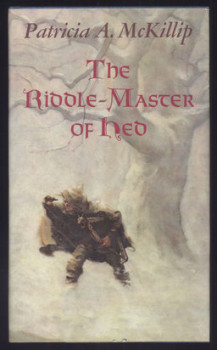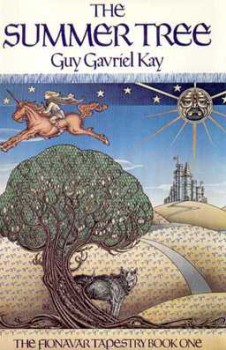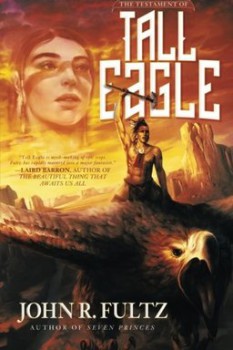The Best of Heroic Fantasy Quarterly: Volume 1, 2009-2011 Compiled by the Editors of HFQ
 Regular readers of my monthly short story roundup know how great I think Heroic Fantasy Quarterly is, ranking it the most consistent forum for the best in contemporary swords & sorcery. Some may think I’m laying it on a little thick, but The Best of Heroic Fantasy Quarterly: Volume 1, 2009-2011, a distillation of the mag’s first three years, should prove that I’m not.
Regular readers of my monthly short story roundup know how great I think Heroic Fantasy Quarterly is, ranking it the most consistent forum for the best in contemporary swords & sorcery. Some may think I’m laying it on a little thick, but The Best of Heroic Fantasy Quarterly: Volume 1, 2009-2011, a distillation of the mag’s first three years, should prove that I’m not.
While we are living in a time when some magnificent S&S short stories are being written, most are confined to the ephemeral pages of the web. So I consider it important that Adrian Simmons, David Farney, and the rest of the HFQ crew have endeavored to preserve some of their very best in book form.
Before diving into the stories (and poems — never let it be forgotten that HFQ is one of the few places publishing heroic poetry), let me start with the cover. By the very existence of that “Volume 1” in the title you know to expect more. It implies that the editors know there’s an audience hungering for S&S right now, and that they have faith it will still be there in the future, waiting for “Volume 2.”
Then there’s the art by Justin Sweet. Eschewing either the violent moment of battle or the smoldering embers of its aftermath, we see the warrior and his companions as their adventure is about to begin. From a mountainous vantage they can survey the tower below ready to be plundered, or the prisoner within its walls rescued. Maybe it’s the squadron of ships in which they’re interested. Of course, the fact that all three seem to be looking at something just out of the frame to the left could mean the bounty hunters looking for them, or a pack of ghouls, has just broken from the forest. Whatever the specifics of the painting, for me it’s a picture from just before the events of the story. It promises there’s something coming that will get my blood pumping and transport me, if only for a dozen pages, out of the humdrum and into the extraordinary.








